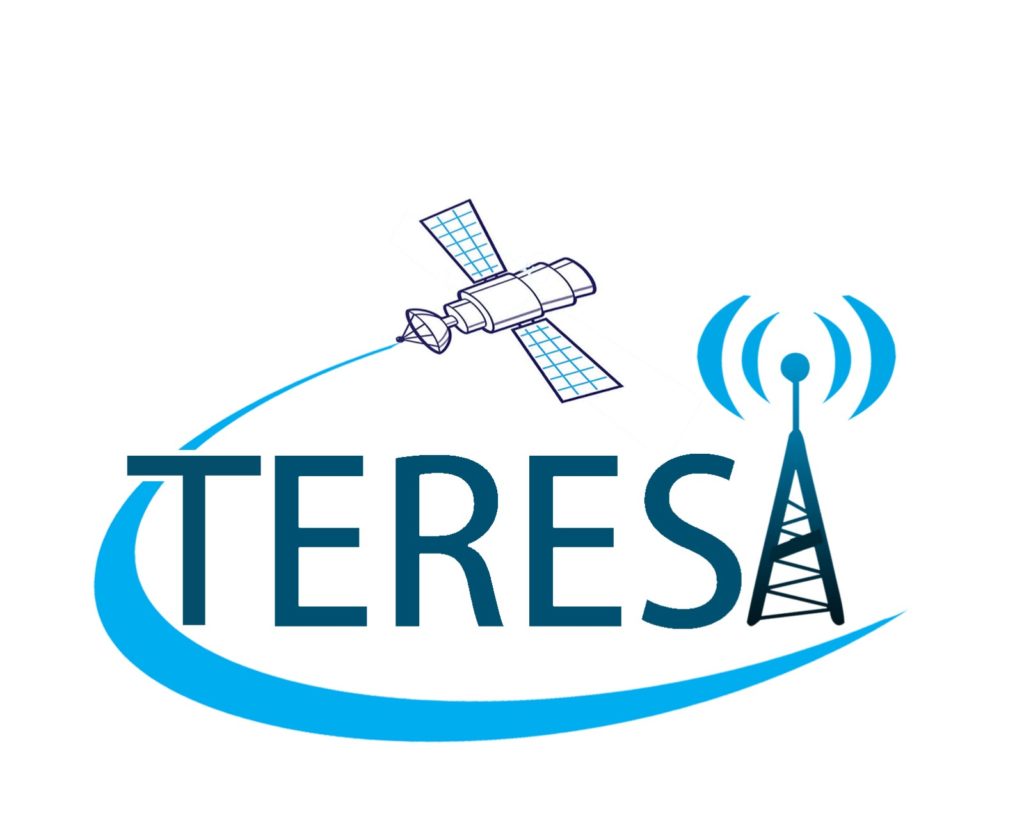
End: 30/06/2021
Funding: National
Status: Completed
Array and Multi-Sensor Processing (A&MSP)
Acronym: TERESA
Call ID: TC2017-90093-C3-1-R
Code: TERESA-TEC2017-90093-C3-1-R
The future generation of wireless communications is required to support the forecast growth in mobile data traffic and to fulfill a wider range of requirements for 2020 and beyond. To meet the massive traffic demand, a number of emerging technologies are being investigated, including (massive) multiple-input multiple-output (MIMO), visible light communications (VLC) and millimeter wave (mmWave) communications and the use of network densification. The future communication system will be a communication infrastructure that will contain not only the terrestrial network, but it will also have integrated the satellite component in order to fulfill all expected key performance indicators, such as coverage, resilience and bandwidth efficiency.
The main aim of TERESA is to develop satellite and terrestrial air interface to provide ubiquitous low-cost access and high-rate services in the context of 5G and beyond (B5G) networks. To this end, TERESA will develop techniques that will enhance the performance of both satellite and terrestrial communication systems, and at the same time will efficiently coordinate the interoperability between the two systems. TERESA will focus on four main scenarios: underserved areas, ultra-dense networks (UDN), areas of difficult access (ADA) and content delivery networks (CDN). In underserved areas, TERESA will aim at improving the performance of the satellite links considering the adoption of flexible payloads and gateway function virtualization while considering appropriate interference mitigation techniques. At the same time, antenna solutions will be developed to increase the transmission range of the terrestrial systems in such areas. For the UDN scenario, efficient frequency reuse and resource allocation policies will be designed. The design will be based on developing a proper physical layer abstraction of different combinations of the massive MIMO/mmWave schemes. Additionally, the terrestrial data offloading to the satellite links will be explored. In the ADA scenario, the satellite is a key component to reach these areas that, besides having difficult propagation conditions, are isolated. Massive MIMO and VLC techniques will be developed in order to offer high quality connections. Finally, a CDN scenario will be considered where the satellite can play a major role in distributing contents. The content delivery scheme will be jointly optimized with terrestrial network caching capabilities. Energy efficiency will be one of the main constraints when designing the different techniques in TERESA in order to reduce the carbon footprint of the communication systems
This coordinated project will be composed of three sub-projects driven by Centre Tecnològic de Telecomunicacions de Catalunya (CTTC), Universidad Carlos III de Madrid (UC3M) and Universidad de las Islas Baleares (UIB). The proposed research is expected to lead to substantial capacity gains and coverage enhancement as will be demonstrated by simulation and using analytical frameworks. In addition, a software defined radio based proof-of-concept of the most promising techniques will be implemented.
Coordinator
